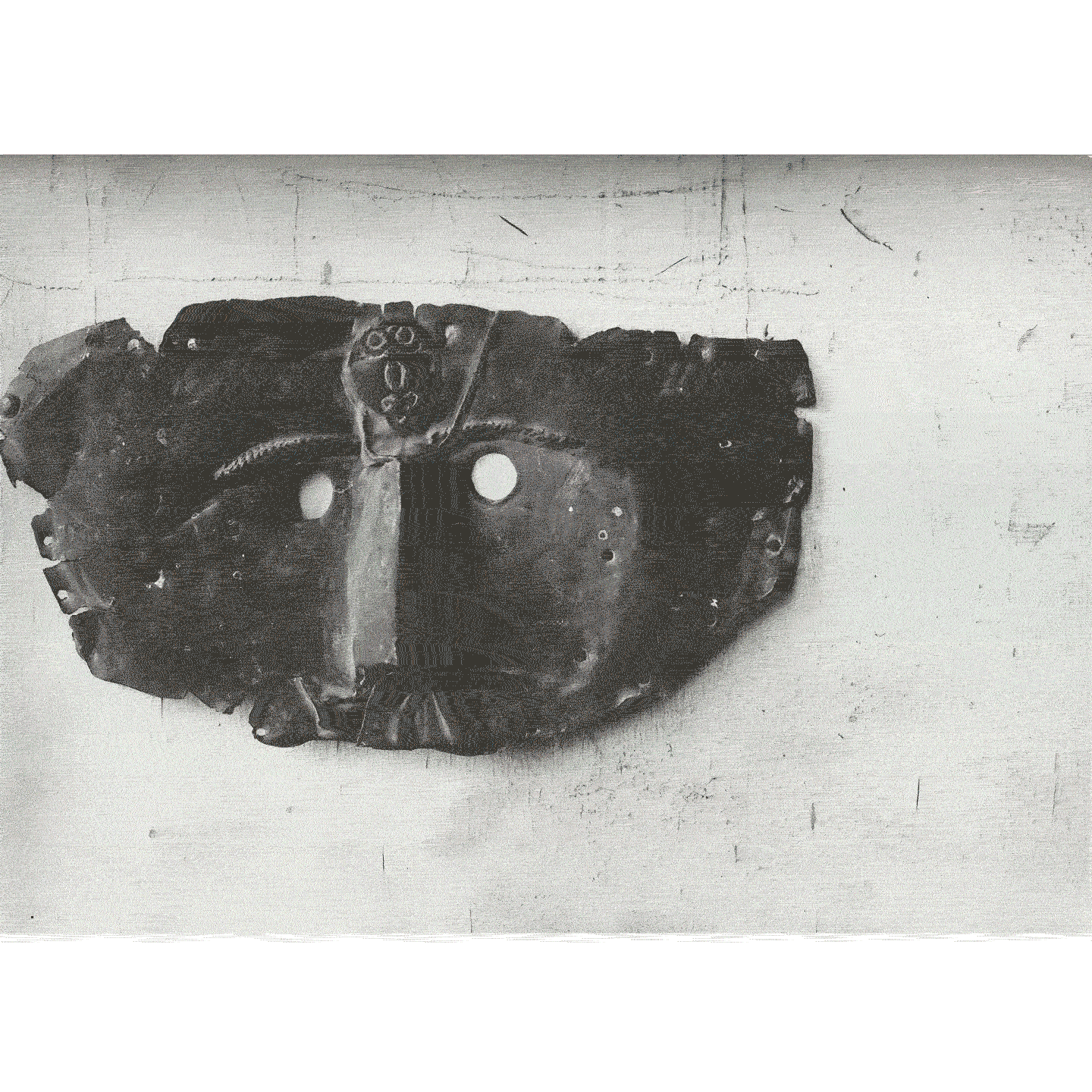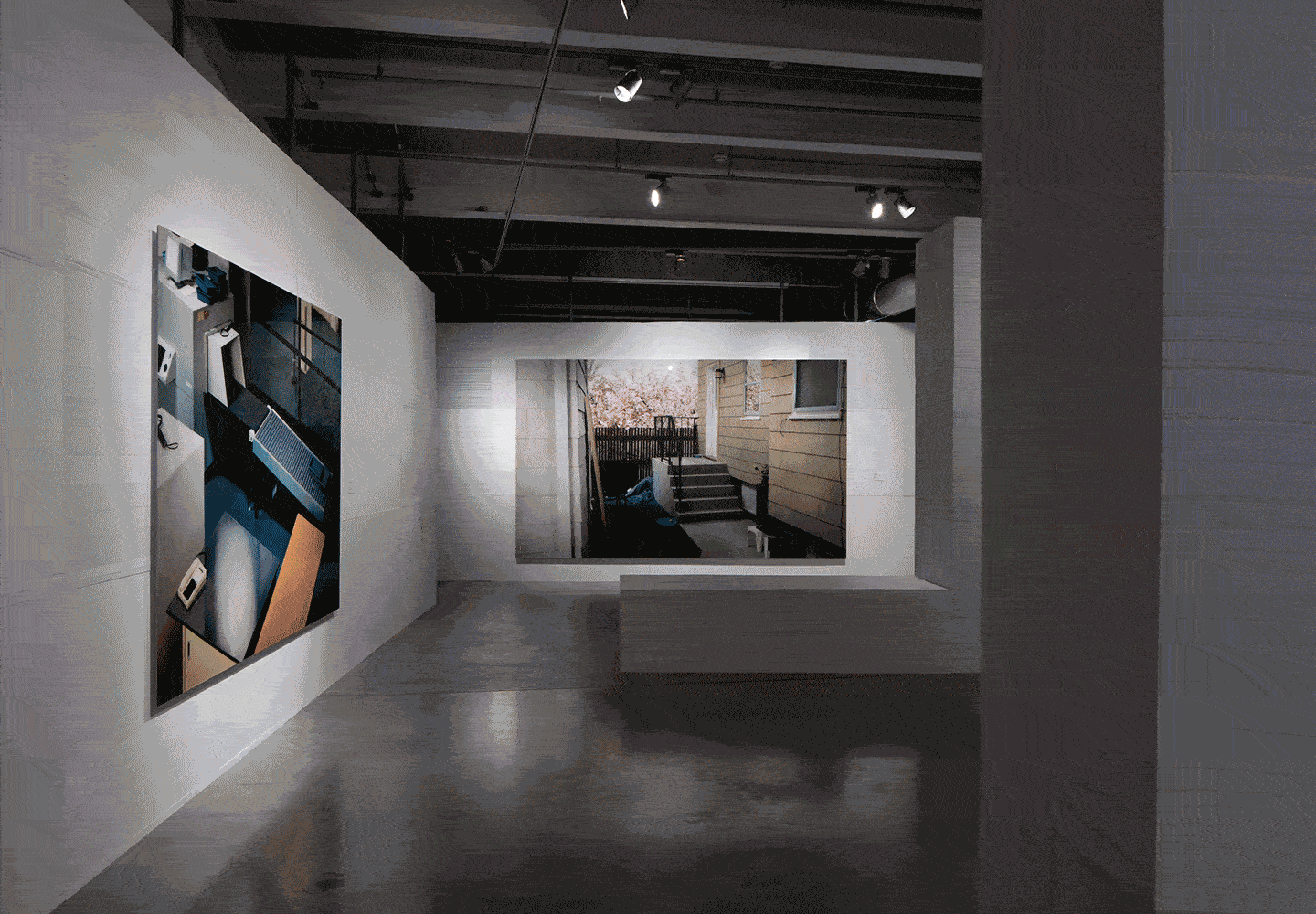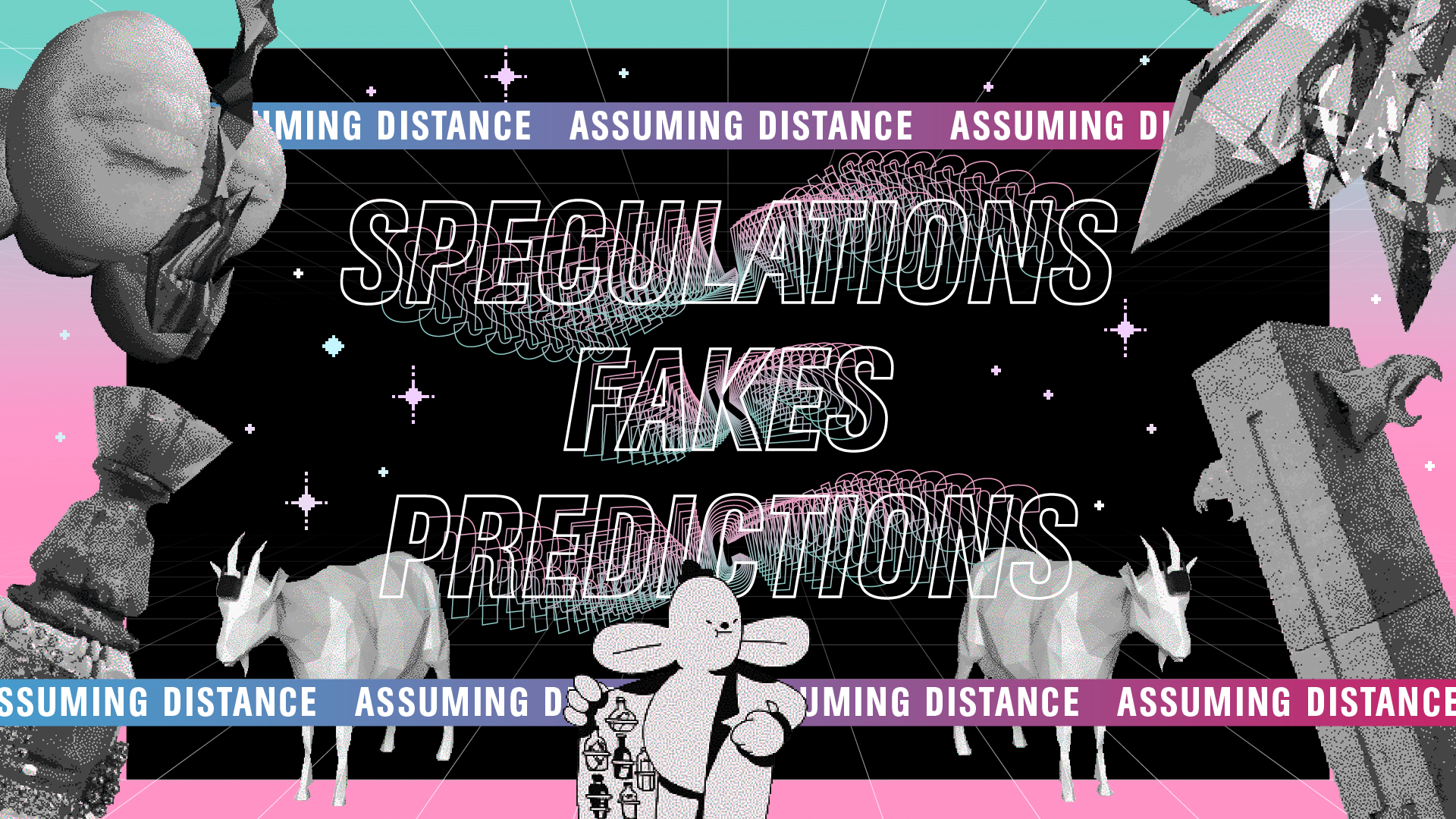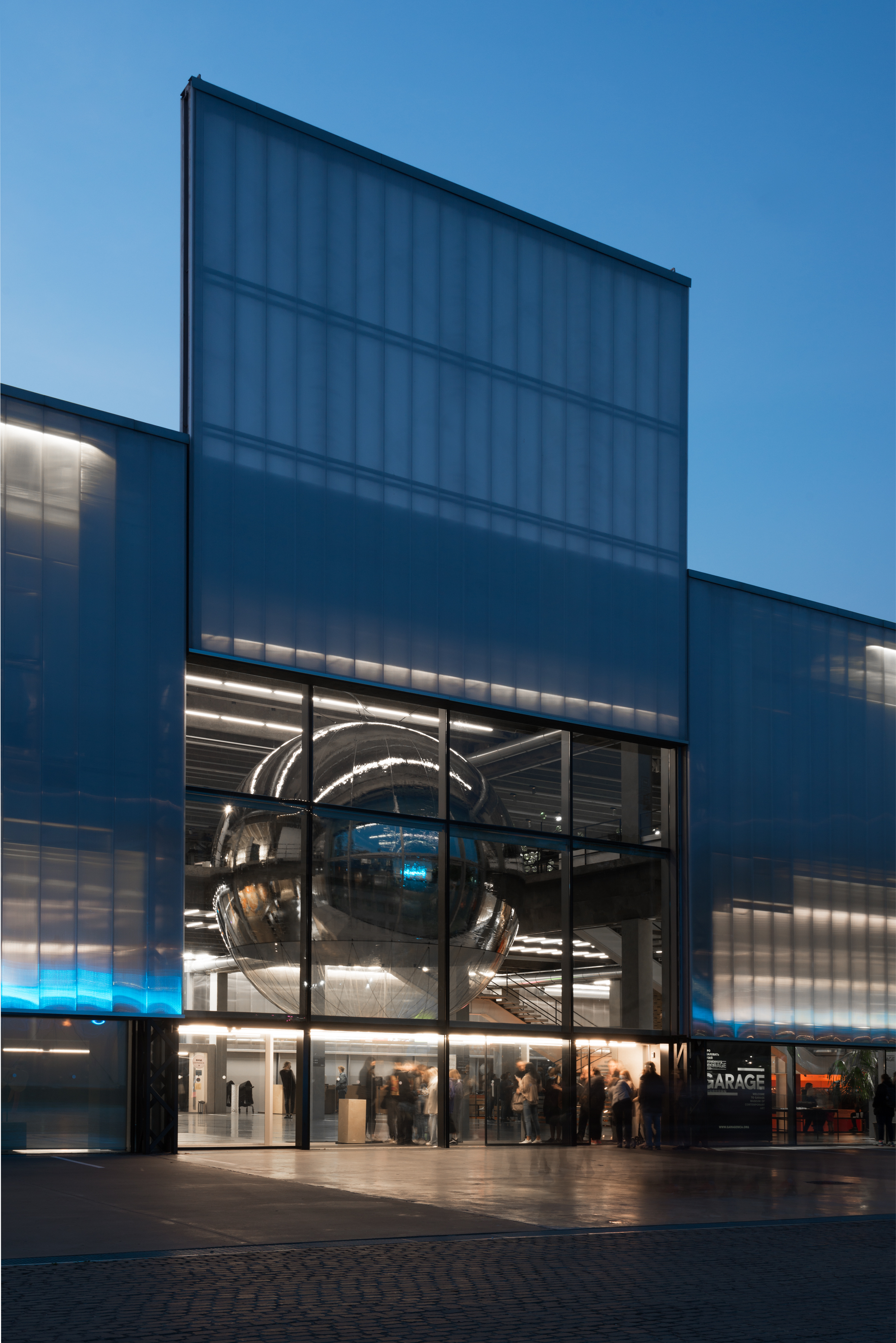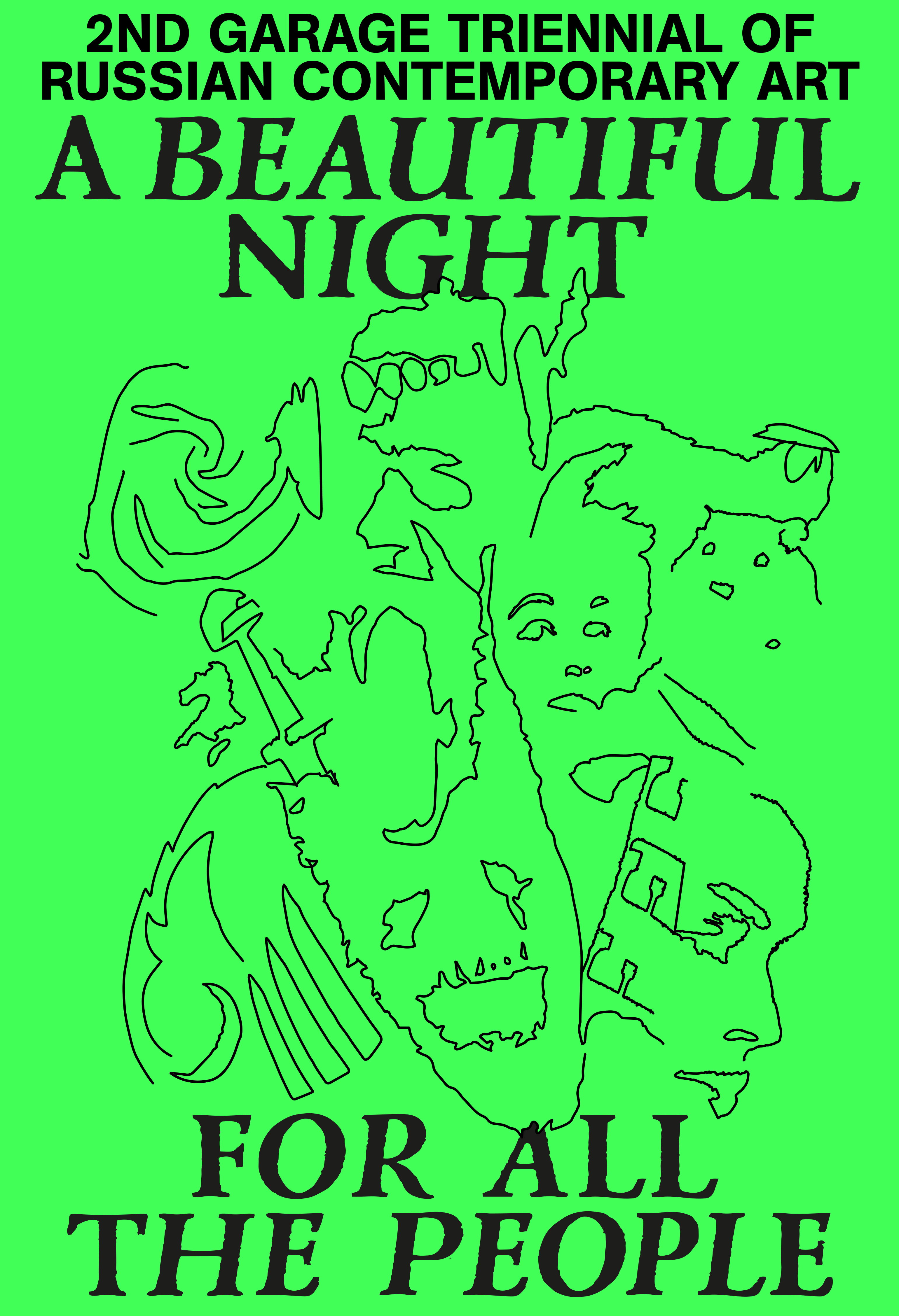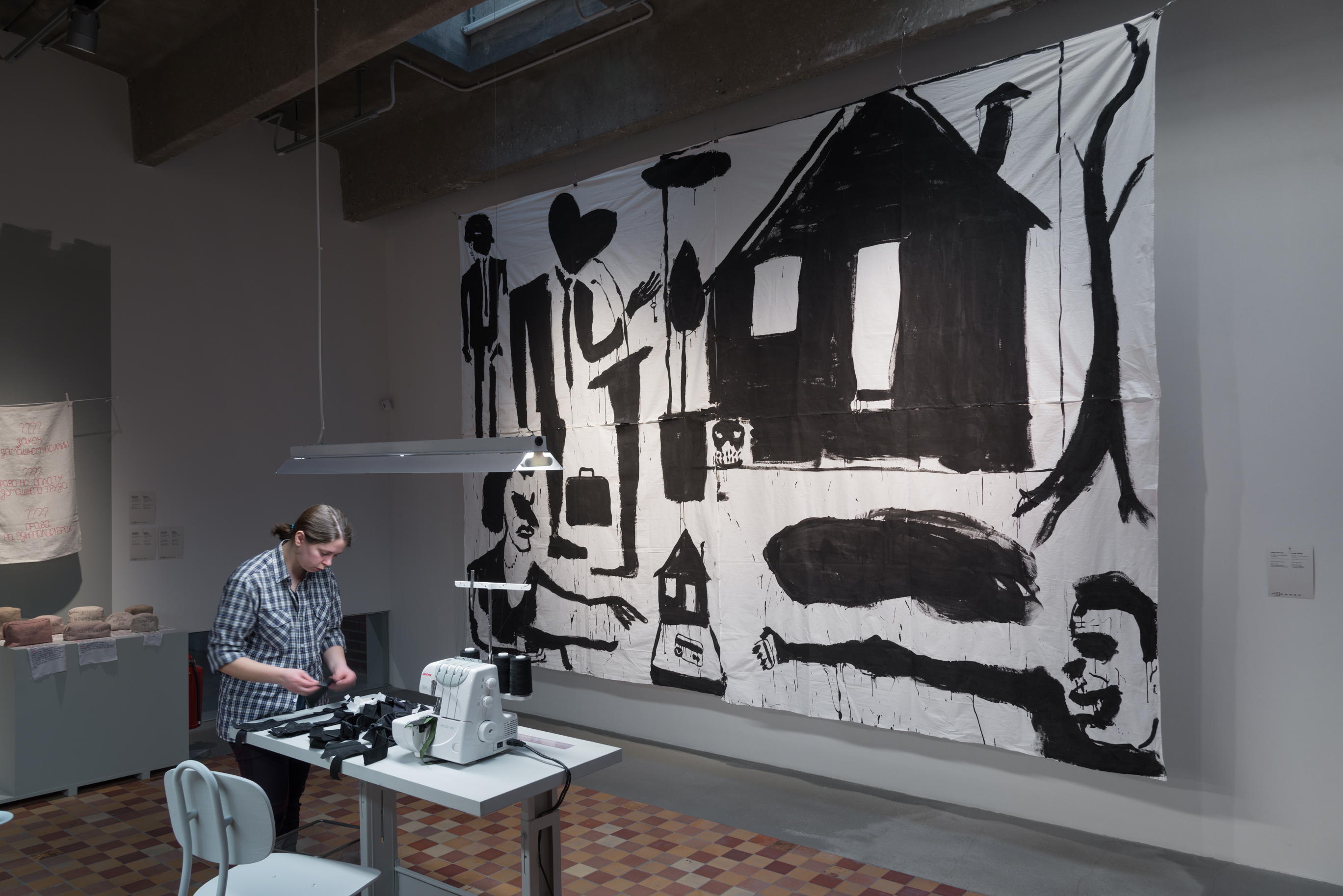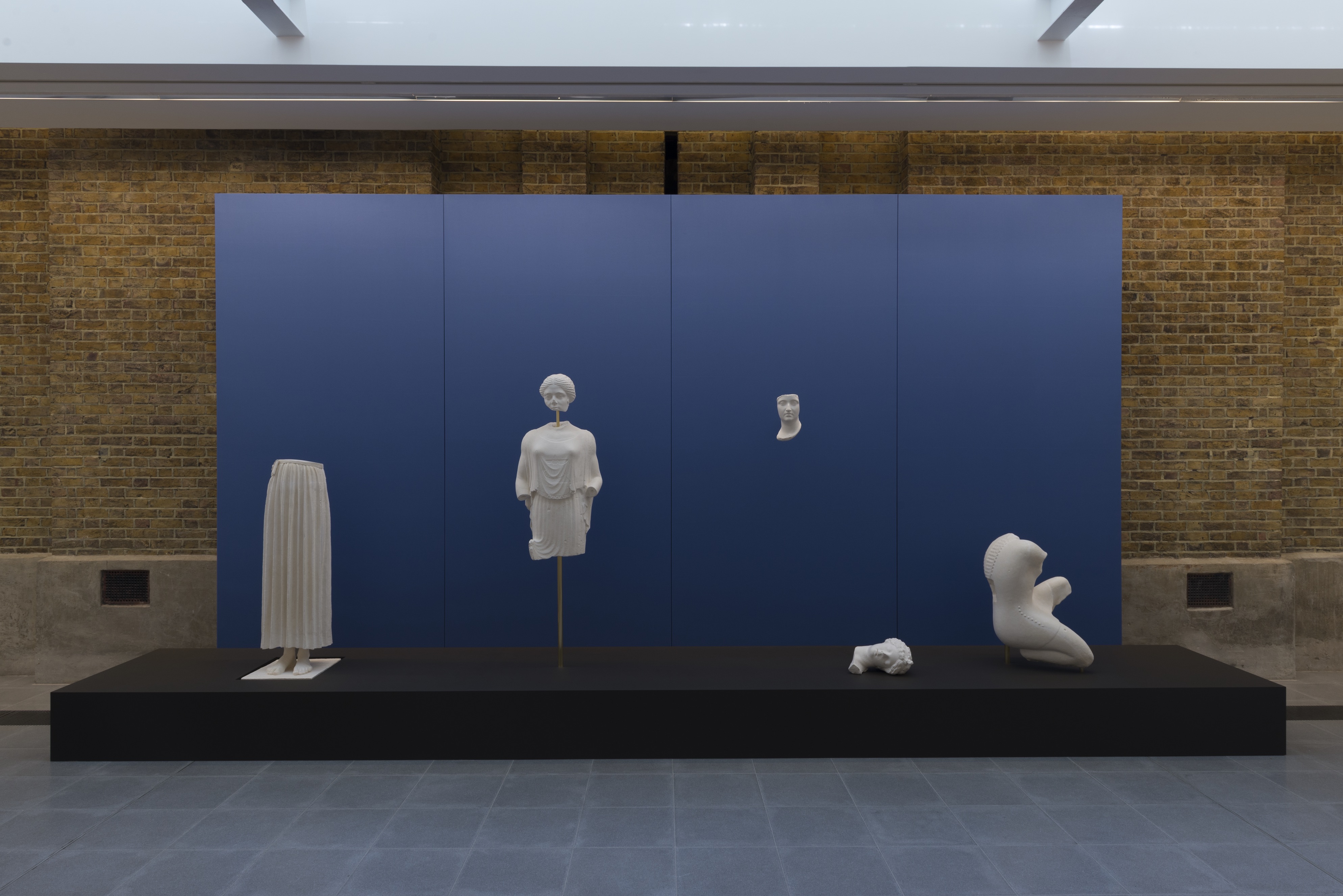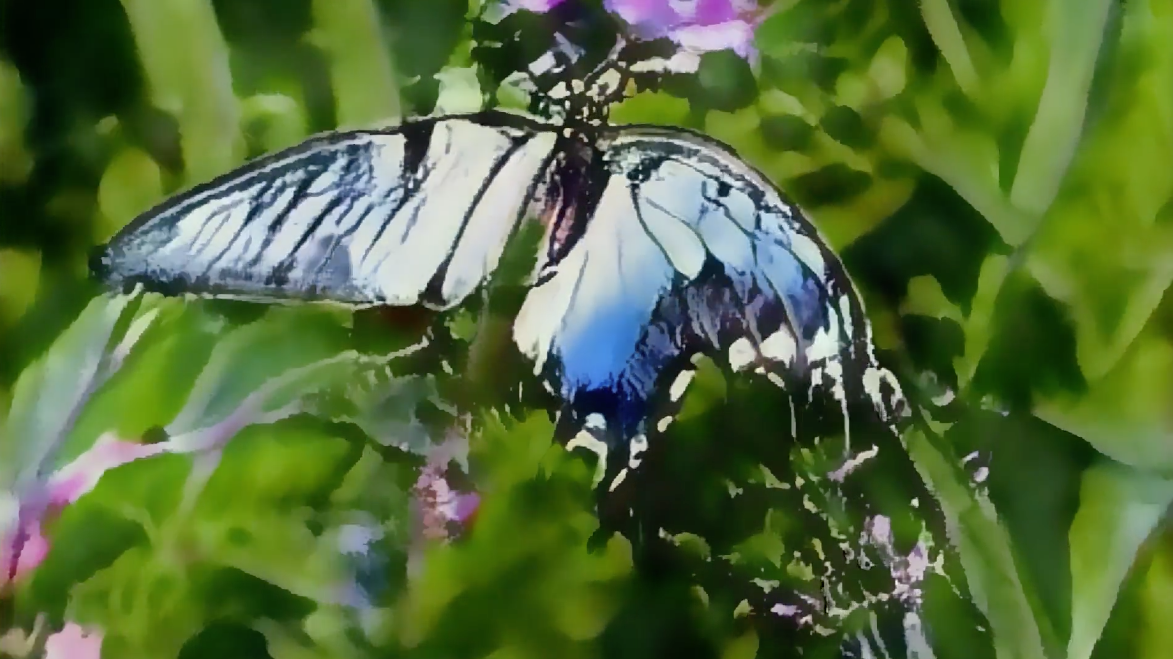Introducing The Garage Journal
Issue 1, Transitory Parerga: Access and Inclusion in Contemporary Art
Garage Museum of Contemporary Art in Moscow is pleased to announce the first issue of The Garage Journal, an independent, interdisciplinary academic platform that advances critical discussions about contemporary art, culture, and museum practice in the Russian and global contexts.
The Garage Journal is fully peer-reviewed and is published three times per year, with submissions accepted in English, German, and Russian. The first issue, Transitory Parerga, examines inclusivity and accessibility in art institutions across the world, with an emphasis on non-Western perspectives. The result is a combination of essays, articles, research-based art, and interviews from contributors in France, Ghana, Sweden, South Africa, Russia, Turkey, the United States, and the United Kingdom. The core of the first issue is divided into three thematic sections: disability, race, and sexuality. The entire journal is open access.
The first issue’s contributions on disability focus on Russian contexts, articulating the unique placement of disability discourse in post-communist states while making a case for its global significance. Case studies from Garage Museum of Contemporary Art and the Pushkin State Museum of Fine Arts offer critiques of the institutions themselves, broader issues across Russia, and the authors’ own subjectivities.
The second section’s articles and essays question Eurocentric assumptions about race. These include Sela Kodjo Adjei’s photographic- and data-based analysis of African art’s influence on global modernism, Ashraf Jamal’s timely examination of whiteness as an idea and race as a symptom of the “inhumanity of institutions,” Sven Christian’s argument for the “right to opacity” in interpretations of Dumile Feni’s famed 53-meter scroll, and a conversation between Sasha Pevak and Renzo Martens on The Repatriation of the White Cube, a project and gallery on the site of a former Unilever plantation in Lusanga, Congo.
Essays around sexuality in the third section include curatorial reflections from Clare Barlow, who organized the exhibitions Queer British Art at Tate and Being Human at the Wellcome Collection, and Cüneyt Çakırlar’s new critical framework around the queer migrant archetype in the recent documentaries A Sinner in Mecca (2015) and Who’s Gonna Love Me Now? (2016). In the section’s final piece, Valeriy Ledenev scours the extensive archives at Garage to build a queer history of Russian art, which marks the first scholarly attempt in the field of Russian art and visual culture to consider contemporary art archives through a queer lens.
The Garage Journal will also present a series of English- and Russian-language podcasts of conversations with various editors, contributors, and collaborators around the inaugural issue’s themes.
The Garage Journal is edited by Vlad Strukov, Anastasia Robakidze, Katerina Suverina, Yuri Yurkin, and Andrei Zavadski, with research consultation from Alexandra Philippovskaya.


